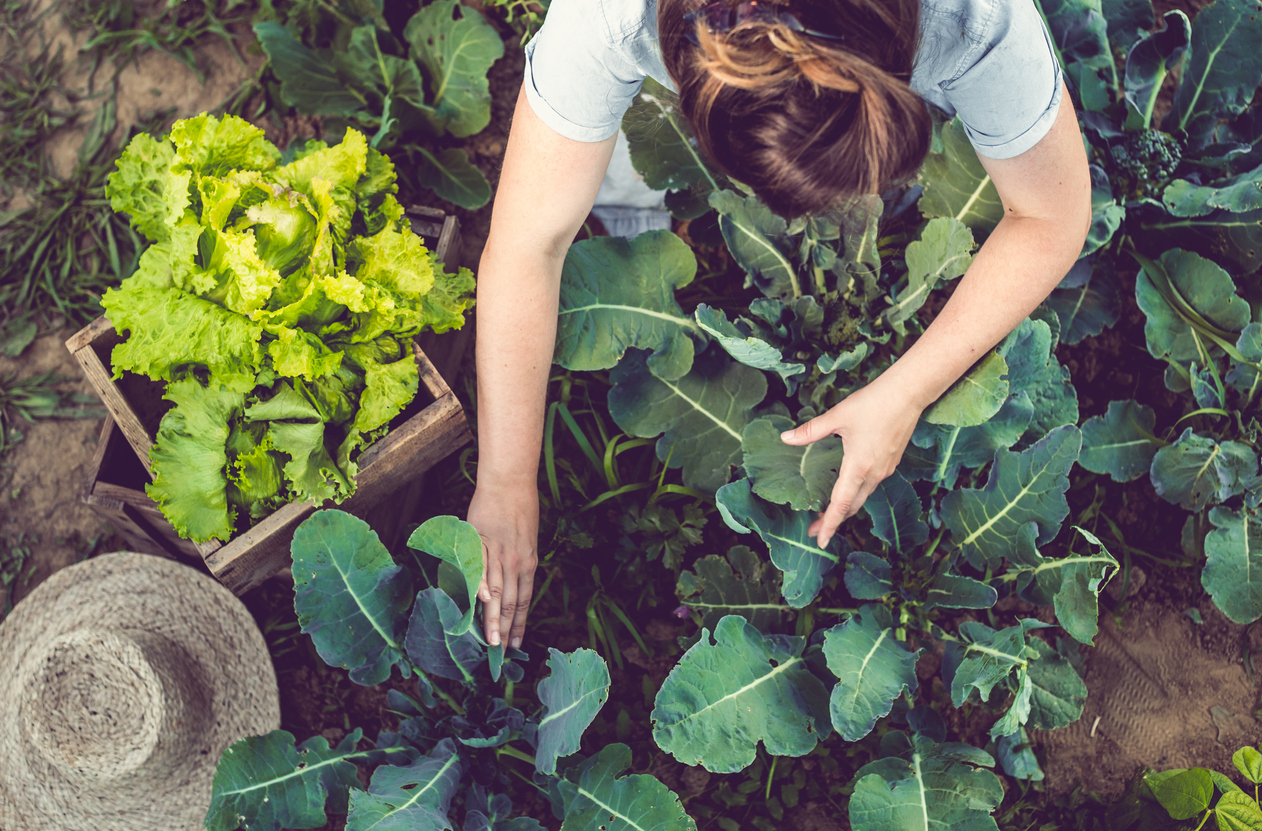Whether you’re planning to grow fruits and vegetables, plant flowers, or just want greener grass, garden mishaps can happen despite your best efforts. With spring finally here, it’s time to lay the literal groundwork for a beautiful blossoming yard that has the best chance of long-term success.
A NEW START
To put it simply, you need bare soil. Weeds should be cleared as much as possible to prevent or reduce future growth. Composted mulch and leaves won’t harm, but fresh mulch should be raked away. At this time of year, the thawed soil has become compacted due to the months of frost. That means it’s time to till or turn it up, so it’s loose for a depth of 30 cm to 35 cm (12 to 14 inches).
LOST IN THAW
After three months of below-zero temperatures, winter elements made quite a mess of your grass. That’s why you’ll want to take care of your yard sooner rather than later. “Once the snow and ice melt, it’s important to rake your lawn,” says Gloria Beck, owner of Parkland Garden Centre. “This reduces your chance of dead patches and removes snow mould.”
KEY INGREDIENT
Both new and established lawns require a fertilizer type that has the initial number higher than the rest. Beck recommends 46 Lawn’s Rain 21-17-6 blend, which rejuvenates the soil and creates a healthy lawn. The treatment process promotes growth by preventing the spread of ammonium, a volatile and natural chemical that can harm your grass.
MORE TO READ
Check out how to grow your own veggies indoors
GETTING TO THE ROOT OF IT
Examine the soil bed to know what it needs for growing produce or maintaining plants or flowers. A soil test can determine the pH levels and what type of nutrients it needs for the rest of the year. In most cases, a new layer of compost can improve the soil’s quality. Also, check the drainage, as some plant roots rot with overwatering. A solution to this issue (and even to poor quality soil) is using a raised garden bed.
THE GROUNDWORK
Be sure to plant your veggies during the proper season. Start with your hardy vegetables–potatoes, onions and carrots. Delicate plants like tomatoes and peppers can wait until the temperature is consistently warmer than 18 °C. Watch for proper seed spacing, too. These fundamentals can make or break your harvest in the fall.
Dog owners, you’ve probably noticed the dead spots of grass on your otherwise green lawn. While reseeding those areas is an option, you can also try a less time-consuming approach: Dog Spot Prevent from Evolve will buffer the soil pH to reduce lawn damage by turning dog urine into a lawn nutrient. You can also find this product at Parkland Garden Centre.
Garden growth for less: Save 10% on select regular priced seed packets, fashion, house plants, perennials and planted hanging baskets.
